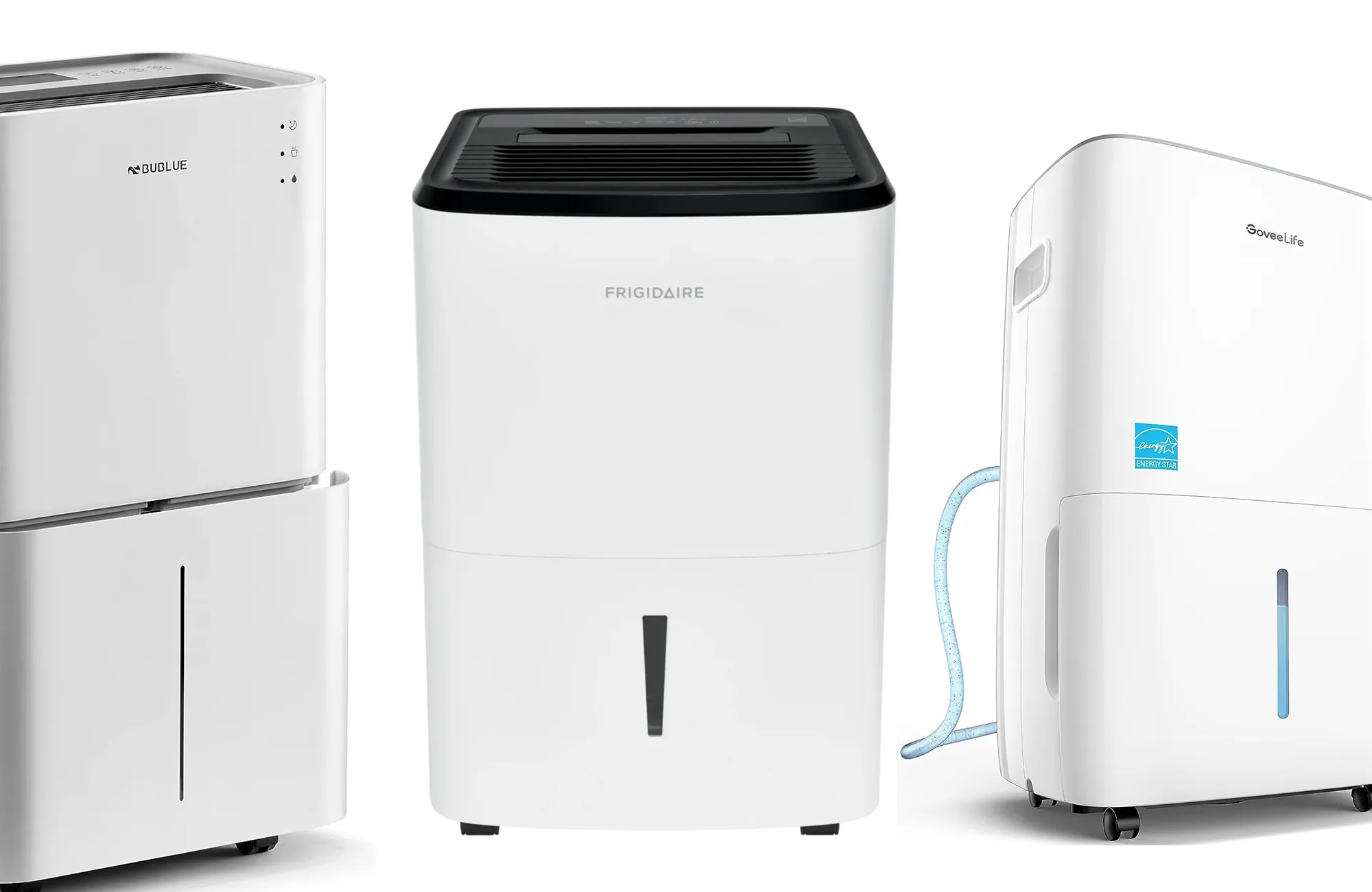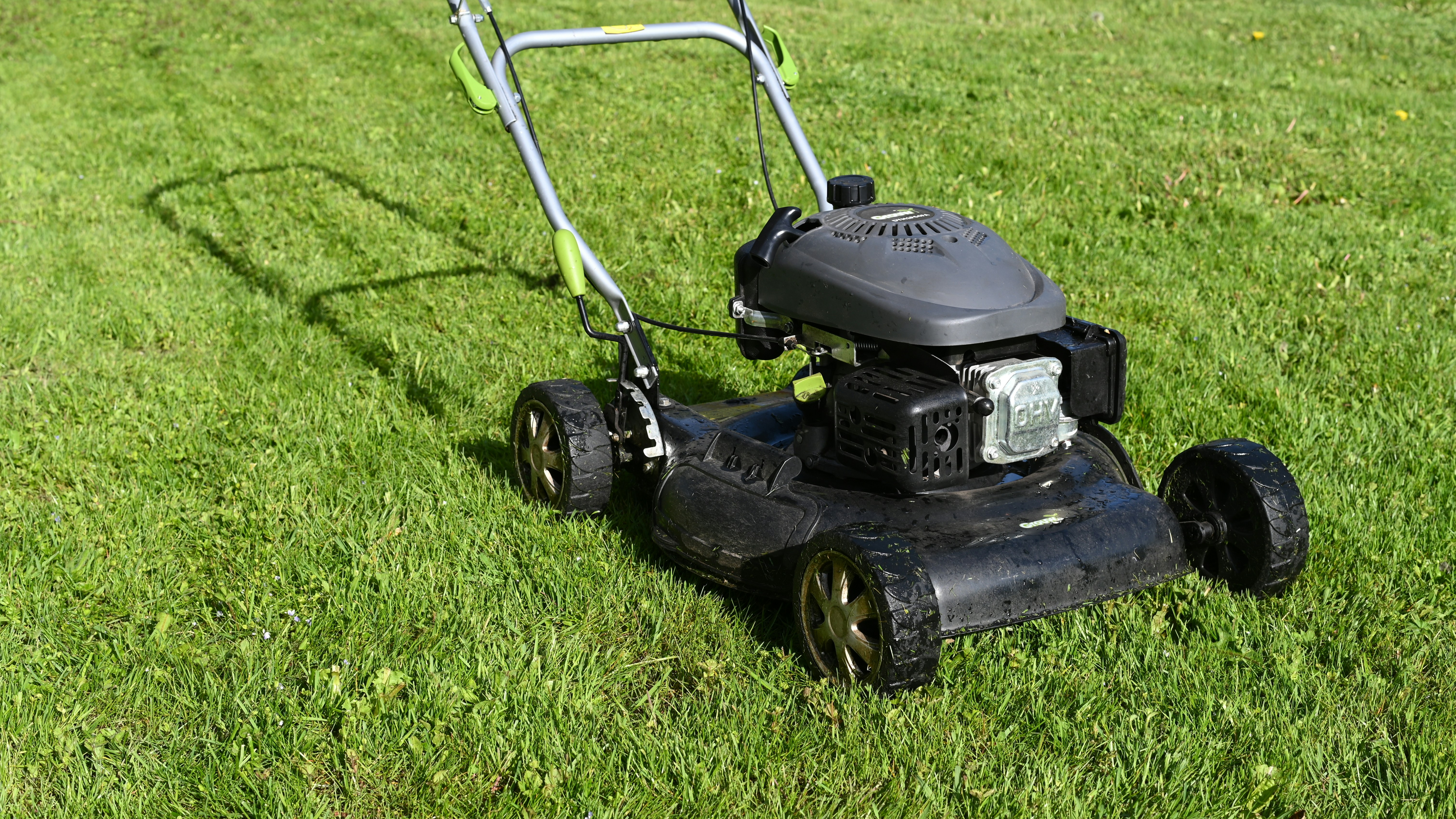Understanding Temperature and Humidity: Why It Matters
Maintaining the right temperature and humidity levels in your living space is crucial for both comfort and health. Temperature refers to the measure of warmth or coldness in the environment, while humidity defines the amount of moisture present in the air. These two elements are interrelated and significantly influence indoor air quality, personal comfort, and overall well-being. For instance, the human body operates optimally within a specific temperature range, typically between 68°F to 72°F (20°C to 22°C). When temperatures fall outside this range, discomfort levels can elevate rapidly.
Relative humidity, defined as the amount of water vapor in the air compared to the maximum it could hold at a given temperature, plays an essential role in regulating temperature perception. High humidity levels can make warm temperatures feel even more oppressive, while low humidity can cause the air to feel cooler than it is, leading to discomfort. In environments with too little moisture, indoor air can become dry, which may result in respiratory issues, skin irritation, and increased susceptibility to viral illnesses. Conversely, excessive humidity can encourage the growth of mold, dust mites, and other allergens, posing potential health risks.
Proper humidity control helps improve thermal comfort by enhancing the body’s ability to sweat and cool down or retain warmth as required. Consequently, an optimal balance between temperature and humidity not only promotes comfort but also improves energy efficiency and reduces the strain on heating and cooling systems. This balance can be achieved through various means, including the use of humidifiers, which can maintain humidity levels at an ideal range. Understanding the interplay between temperature and humidity ultimately aids in creating a healthier living environment conducive to overall well-being.
#americanachoice
Choosing the Right Humidifier for Your Home
When selecting a humidifier for your home, understanding the different types available is essential to ensure that you meet your specific humidity needs effectively. The three primary types of humidifiers are evaporative, ultrasonic, and steam vaporizers. Each type has distinct advantages and limitations that can influence your choice.
Evaporative humidifiers are often self-regulating; as the humidity in the room rises, the rate of evaporation decreases. They feature a fan that blows air through a wet wick or filter, which helps maintain a comfortable humidity level without over-humidifying a space. In contrast, ultrasonic humidifiers produce a cool mist by using high-frequency sound vibrations. They are generally quieter and energy-efficient, making them suitable for bedrooms or small living spaces.
Steam vaporizers, on the other hand, boil water to create steam, which is then cooled slightly before being released into the air. They can be particularly useful during colder months, but they tend to consume more electricity and may present a burn hazard if not used carefully.
When considering a humidifier, functionality and features are key. Look for models with adjustable output settings, built-in hygrometers, and automatic shut-off features for convenience and safety. Additionally, the size of the humidifier should align with the dimensions of the room where it will be used. A smaller unit may suffice for a bedroom, while larger spaces may require a model with a higher capacity.
Maintenance needs should also factor into your decision. Some humidifiers require regular filter replacements or cleaning to prevent mold and bacteria build-up. Finally, evaluating your home’s specific humidity requirements, based on factors such as climate, room size, and personal comfort preferences, will help you choose the ideal model that promotes a comfortable living environment.
Optimal Humidity Levels: Guidelines and Benefits
Maintaining optimal humidity levels in indoor spaces is crucial for comfort and overall well-being. The ideal humidity range is typically between 30% and 50%. This level strikes a balance that not only enhances comfort but also promotes better respiratory health. When the humidity is within this range, it helps to alleviate dry skin, nasal congestion, and irritations that can result from excessively dry air.
In addition to improving health, regulating humidity plays a vital role in preserving the integrity of furniture and wooden structures. Wood can warp, crack, or split when humidity levels are too low, while too much moisture can lead to furnishings becoming swollen or damaged. Thus, monitoring and maintaining optimal levels is a proactive step in protecting investments in home décor and structure.
Conversely, excessive humidity poses several challenges. High humidity can create a breeding ground for mold and mildew, which not only affects the aesthetic appeal of a space but can also lead to serious health risks. Mold spores can exacerbate allergies and asthma, making it essential to keep humidity levels in check. Furthermore, excessive moisture can contribute to persistent odors and damage to walls, ceilings, and other surfaces.
To effectively monitor humidity levels, investing in a hygrometer is advisable. This handy device provides accurate readings, enabling homeowners to make informed adjustments to their humidifiers or dehumidifiers as necessary. Regularly checking the humidity will ensure that it remains within the recommended range, allowing for the enjoyment of a comfortable and healthy living environment. By adhering to these guidelines, individuals can significantly enhance their indoor experience while safeguarding their health and belongings.
Tips for Effective Humidifier Use and Maintenance
To ensure optimal performance and longevity of your humidifier, it is essential to position it correctly and operate it under the right conditions. Place your humidifier at least four feet away from walls and furniture to allow uniform distribution of moisture throughout the room. Moreover, it should not be placed directly on the floor; instead, opt for a table or elevated surface to enhance circulation. Observing seasonal changes is vital; during winter months, when indoor air tends to be drier, running your humidifier will help maintain a comfortable humidity level, typically between 30% and 50%. In contrast, during the humid summer months, you may not need to use your humidifier as frequently.
Regular cleaning of your humidifier is crucial to prevent the buildup of bacteria and mold, which can negate the benefits of using the device. Ideally, you should clean your humidifier every three days, but at a minimum, perform this task once a week. Use a mixture of vinegar and water to disinfect the tank and other components, ensuring all parts are thoroughly rinsed and dried before reassembly. Additionally, pay attention to the water level indicators; refill the tank when it reaches a quarter full, as running a humidifier on an empty tank can damage the unit.
Energy efficiency is another factor to consider. Invest in models that have built-in hygrometers or smart technology that adjusts humidity levels automatically, which can lead to decreased energy consumption. If you notice persistent issues with humidity control, such as excessive dampness or inadequate moisture distribution, consulting a professional may be necessary. By following these guidelines and maintaining your humidifier properly, you can create a healthier and more comfortable indoor environment.
If you’re interested in purchasing the item you seek, please click the link for additional details: #americanachoice.
https://amzn.to/3SBN3Oy
AFFILIATE DISCLOSURE: I am an affiliate for this company, I am not a paid employee.
I may receive a commission if you click a link on this page and choose to purchase something.
You can rest assured I will only share things I believe in and will be valuable to you.



